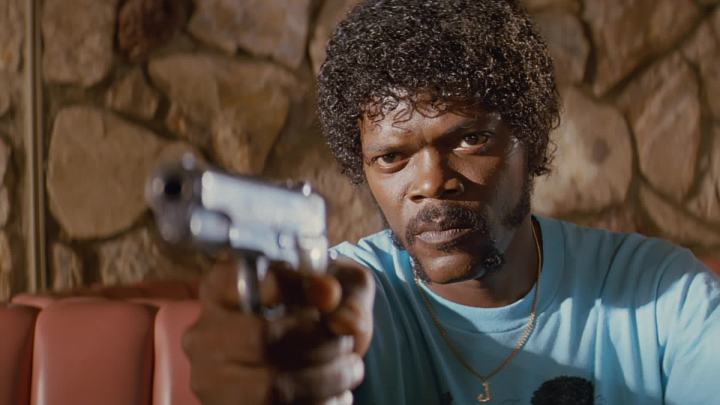
The system may be used in home security systems, police body cameras, and video surveillance at places like schools, airports, and malls. It could also be applied to videos online as a way to monitor and map violent content.
Although around 30 percent of American adults say they own guns; the weapons have a steady presence in our lives. They seem to be everywhere you look — carried by cops on TV or as a key component in many of today’s most popular video games. So it’s appropriate that the University of Granada researchers trained their system on movies like Pulp Fiction, and the Mission Impossible and James Bond franchises, through which many of us also had our first introduction to firearms.
After training the algorithm on low-quality video of these classic films, it was able to effectively identify drawn handguns more than 96.5 percent, while analyzing in real time at 5 frames per second. When the algorithm spots a handgun, it borders it with a red box. The researchers think that the model can be combined with an alarm system in order to quickly and inexpensively identify firearms in places where they’re forbidden or may pose a threat.
Although the scientists don’t expect their model to completely replace current weapon-detection systems like metal detectors, they see it as a complementary system to help address some of the drawbacks of conventional methods. For example, metal detectors require guns to pass through a certain point, which — as anyone whose passed a security checkpoint knows — can create a bottleneck of people in crowded areas. The model is also able to discriminate between guns and other metal objects, which the metal detector cannot.
Editors' Recommendations
- OpenAI’s new tool can spot fake AI images, but there’s a catch
- MIT’s latest artificial intelligence can rewrite outdated Wikipedia pages
- Revisiting the rise of A.I.: How far has artificial intelligence come since 2010?
- This A.I.-powered app can spot skin cancer with 95 percent accuracy
- McDonald’s plans to serve up artificial intelligence at its drive-thru windows


